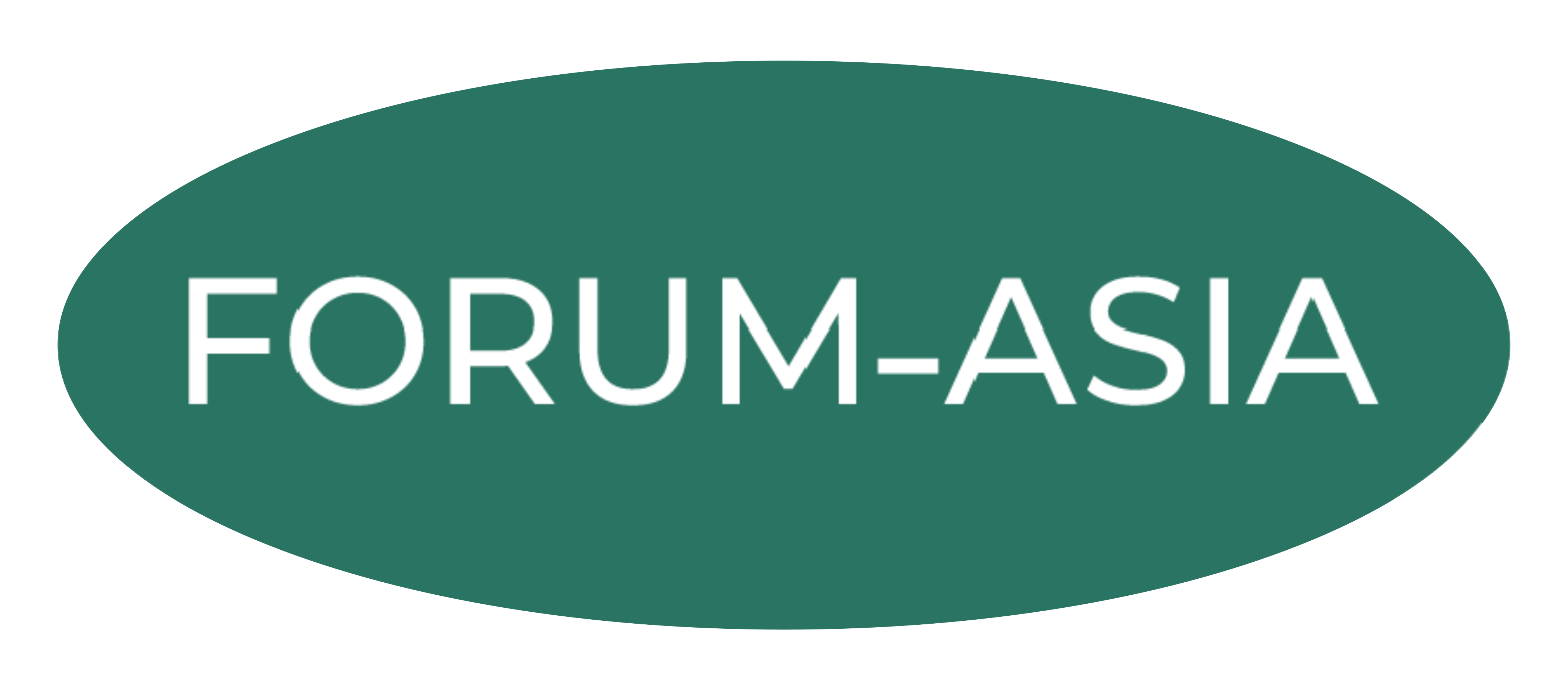The possible Indian export of advanced light helicopters to Burma is a potential breach of the EU arms embargo against Burma and poses a threat both to the Karen ethnic minority and regional stability.
Since the successful suppression of a number of ethnic minority paramilitary groups across Burma, the Burmese military have redoubled their efforts against the last major paramilitary group – the Karen National Liberation Army (KNLA). If India’s plans proceed to transfer advanced light helicopters (ALH) to Burma, there can be little doubt they will be used in the rugged eastern Karen state. India’s role in this possible deal is alarming. Not only is New Delhi prepared to ignore the current EU arms embargo—and less stringent US arms embargo—against Burma for failing to democratise and respect human rights, the arms deal would also create further regional instability and displacement in what may amount to a final push to destroy the Karen.
A strengthened EU arms embargo against Burma has been in effect since 1996, barring the military junta from accessing some of the most lethal weaponry in the world. Over a third of the companies involved in the development of the ALH are based in six EU states. Because of the EU Common Position on Burma and the EC Regulation on Dual-Use Items and Technology under Article 4.2, the scope of the arms embargo covers indirect transfers.1 There is no control mechanism allowing the EU to prevent India from transferring military hardware to Burma; the embargo requires that all EU Member States undertake a legally-binding obligation to include a “no re-export without permission” clause in their export licences. Yet it is still incumbent upon New Delhi, both in terms of regional human rights considerations and the third-party respect for international human rights initiatives, to ensure that EU component parts are not transferred to Burma where they will almost certainly be added to the growing military arsenal to be used in the eastern Karen state.
In January this year, as part of developing military partnership between India and Burma, the Indian Foreign Minister Pranab Mukherjee assured the Burmese government of a “favourable response” to the request for military equipment in return for assistance in countering Indian insurgent groups along the India – Burma border.2 There have been a number of joint operations between the governments, but with the concentration of Burmese soldiers in the eastern half of the country, Burma’s collaboration with India is mostly a peripheral military venture.
The KNLP and Karen people have been struggling for independence for over sixty years. Before independence from Britain in 1947, the Karen unsuccessfully negotiated with Lord Mountbatten, 1st Earl of Burma to have their own state. Early Burmese guarantees to respect the cultural autonomy of the Karen and other ethnic minority groups have all been ignored. Today the KNLA fighters comprise only 12,000 insurgents against an estimated 400,000 Burmese soldiers.3 The increase in Karen civilian deaths and displacement is part of what KNLA Head, Mutu Sae Po, refers to as “some sort of ethnic cleansing programme.”4 The UN Special Rapporteur to the situation in Burma seems to collaborate this view by drawing attention to the one million people that have been displaced from their homes in the last decade: “3,077 separate incidents of destruction, relocation or abandonment of villages have been documented in eastern Myanmar.”5 And since the Burmese government have not offered a peace settlement to the KNLA, one Karen spokesman simply stated, “we have to carry on fighting.”6
Two ALH were exported to Nepal from India in 2004. They were quickly utilised by the Nepalese military to target Maoist forces, but in the process caused heavy civilian casualties.7 Although the ALH is a multipurpose helicopter, its destructive potential in remote rural areas is irrefutable. As both Russia and China regularly supply military equipment to Burma, an Indian breach of the EU embargo would further weaken the fragile framework used to pressure the Burmese junta to accede to democratic and human rights reforms. Furthermore, the supply of the ALH to Burma may provide the catalyst for further regional displacement and mass-violence in the remote border region. The efficacy of the EU embargo must also be questioned if EU member states insist on the inclusion of “no re-export” clauses, but as Thailand is inundated with thousands of displaced ethnic minorities from Burma, the success of any future embargo treaty will ultimately depend on whether regional states are prepared to commit to broader human rights initiatives.
It is a misnomer to expect that the surreptitious Burmese leadership will give a credible reason for its latest attempted military acquisition. No doubt, Senior Burmese General Than Shwe and his colleagues are replete with prepared answers justifying the needs of Burmese national security. The Indian government, as the world’s largest democracy, must exercise some scruples as a good-faith vendor by considering the implications of a possible transfer. After all, a vendor in India’s position should be exercising a degree of responsibility that accounts for international human rights objectives and the possible effects of aggravated regional instability.
1 Common Position of 28 October 1996 defined by the Council on the basis of Article J.2 of the Treaty on European Union, on Burma/Myanmar
http://eur-lex.europa.eu/LexUriServ/LexUriServ.do?uri=CELEX:31996E0635:EN:HTML
2 India to snub US on Burma arms embargo
Bruce Loudon, The Australian, 23 January 2007
3 The fighting spirit of Burma's Karen
http://news.bbc.co.uk/2/hi/asia-pacific/6407305.stm
4 The fighting spirit of Burma's Karen
http://news.bbc.co.uk/2/hi/asia-pacific/6407305.stm
5 Implementation of UN General Assembly Resolution 60/251, Human Rights Council Report of Paulo Sérgio Pinheiro, Special Rapporteur on the situation of human rights in Myanmar, UN Doc. A/HRC/4/14, 15 March 2006, p. 14, para 54
6 The fighting spirit of Burma's Karen
http://news.bbc.co.uk/2/hi/asia-pacific/6407305.stm
7 Nepal: Military Assistance Contributing to Grave Human Rights Violations
http://web.amnesty.org/library/Index/ENGASA310472005?open&of=ENG-NPL


